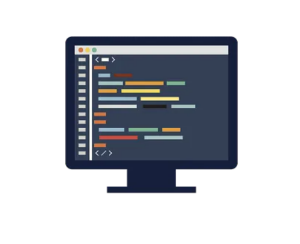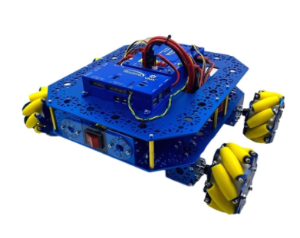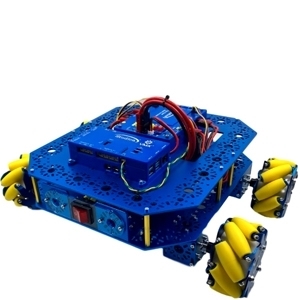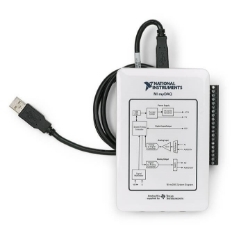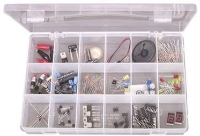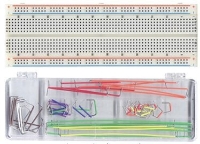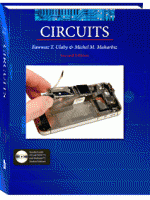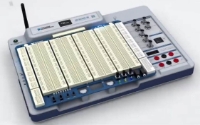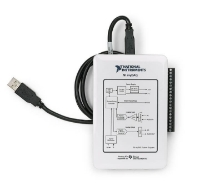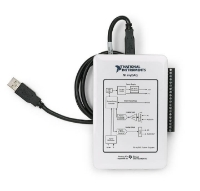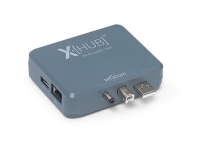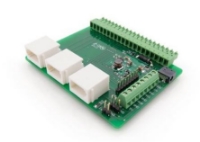National Instruments

We’re pushing the limits of innovation, so you can build a better business—and a better world. Let’s build what’s next.
National Instruments is now NI - Engineer Ambitiously™.
- Teach circuit/electronics and system design.
- Explore the real-world benefits of graphical system design before teaching the underlying programming concepts.
- Relevant learning resources.
Basic Parts Kit
Breadboard and Jumper Wire Kit
Circuits Textbook, Second Edition - On sale while quantities last!
NI Elvis III
Programmable Xilinx 7020 FPGA NI ELVIS—The NI Engineering Laboratory Virtual Instrumentation Suite (NI ELVIS) III is an engineering laboratory device developed for project-based learning.
myDAQ for Students - Hardware only
The NI myDAQ student data acquisition device is designed to give students the ability to work on various electronic engineering course work and experiment hands-on with their projects anywhere, anytime. The NI myDAQ is a high-quality electronic lab instrumentation device that gives students the power to prototype electronic systems designs, control systems designs and electronic test circuits outside of the classroom and improve their comprehension with continuous reinforcement. Note: This version of the myDAQ is only for sale to students in the USA.
myDAQ Student Bundle - LabVIEW & Multisim
Stratom X-Hub Adapter for myRIO
The Stratom X-HUB is a USB and Ethernet hub for myRIO. X-HUB is inserted into the top of myRIO, and is styled for a seamless look. It gives myRIO users access to an Ethernet port and two extra USB ports for a total of three USB ports. The power cable plugs directly into X-HUB to power both X-HUB and myRIO. The USB device cable is also inserted directly into X-HUB with the same functionality as plugging directly into myRIO.
Vernier myDAQ Adapter
The adapter includes two connectors for Vernier analog sensors and one connector for Vernier digital sensors. A screw terminal and header pins provide access to myDAQ lines not used by the connectors. This includes the two analog output lines, three digital lines (including the digital lines with the frequency and pulse width modulation outputs), and a +5 volt power terminal.
- 1
- 2







